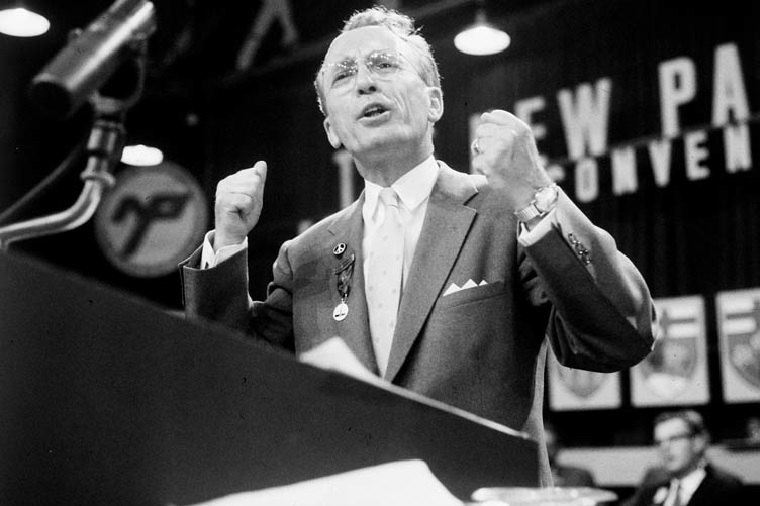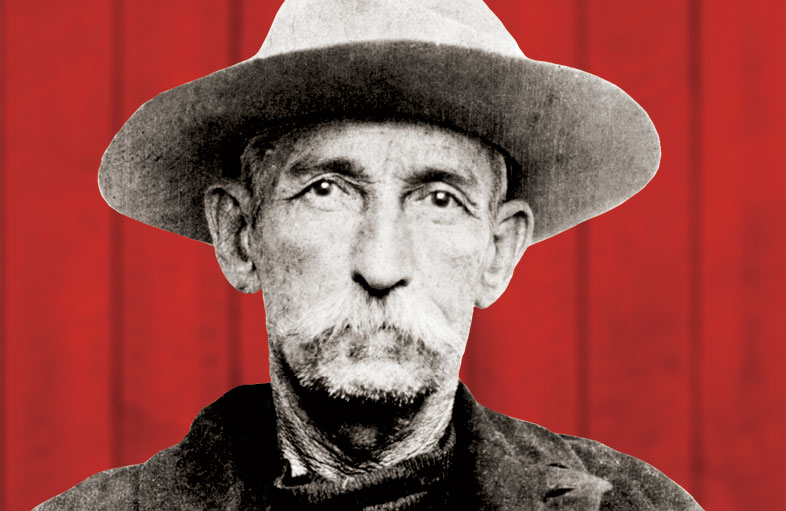Red Serge Sesquicentennial
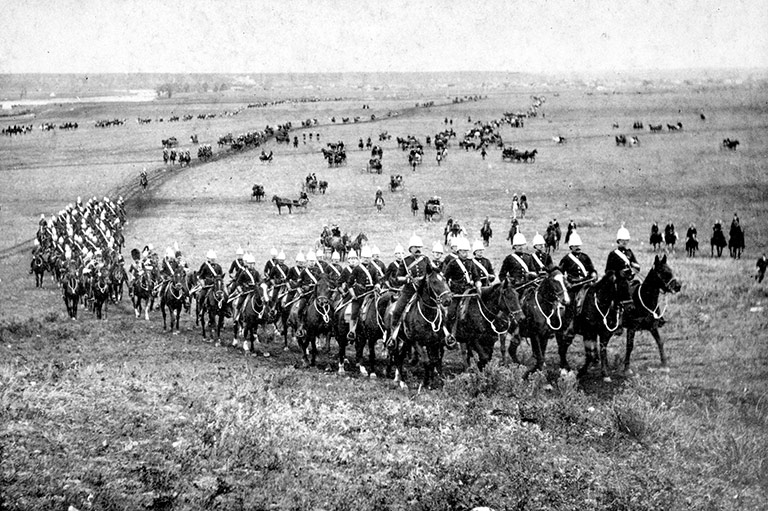
There are mixed feelings about the Royal Canadian Mounted Police’s landmark anniversary on May 3, given the heat the force has been under in recent years. Admissions of racism, sexism, and other issues have tarnished the reputation of this iconic institution.
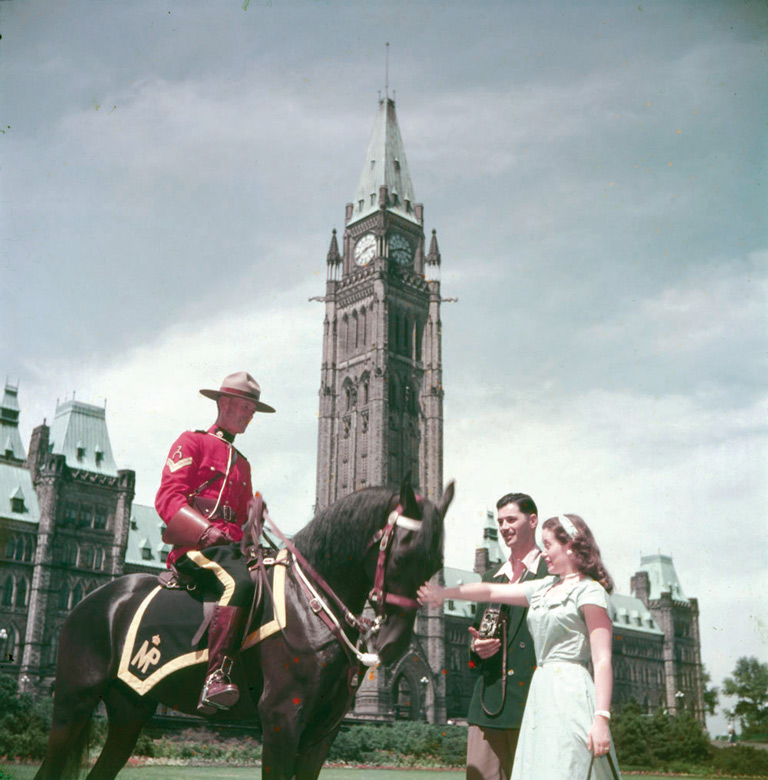
However, the force provides security and policing for around 150 municipalities and seven hundred Indigenous communities across the country, and the Mountie in red serge is still widely seen internationally as a symbol of Canada.
It all began in 1873, with the creation of the North West Mounted Police (NWMP). The Métis Red River Resistance of 1870, followed three years later by the slaughter of about thirty Assiniboine people in the Cypress Hills (in what’s now Saskatchewan) by American whisky traders, spurred Prime Minister John A. Macdonald to send the new paramilitary force to the northwest frontier in 1874.
The hardships endured on the “Great March West” by the first three hundred recruits are the stuff of legend. Over the two-month-long journey, the Mounties resorted to drinking contaminated water, and they contracted diseases such as dysentery, malaria, typhoid fever, and pneumonia. Running short of food, the men also suffered due to the weather conditions. More than thirty Mounties deserted during the 1,300-kilometre journey to Fort Whoop-Up, near modern-day Lethbridge, Alberta.
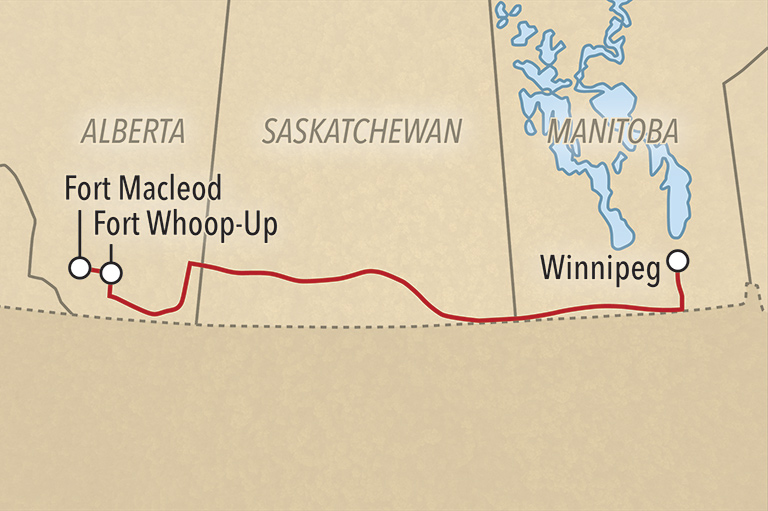
Once in place, the Mounties quickly won the trust of Indigenous peoples.
“The North West Mounted Police rescued the Blackfoot” from the American whisky traders, Calgary historian Don Smith has written. “Sent west to end the incidents of violence the force quickly accomplished its goal.”
The NWMP earned more goodwill by providing Lakota Chief Sitting Bull and his people — refugees from American Army attacks — temporary protection in Canada. However, that relationship later soured.
The NWMP — and its successor, the RCMP — enforced increasingly draconian measures to limit the movements of Indigenous peoples and to force children into residential schools.
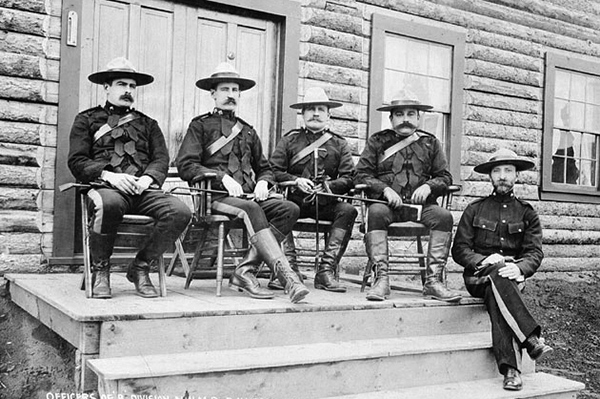
For decades, Euro-Canadian society mostly viewed the force with pride. The heroics of Mounties like Sam Steele in enforcing order on gun-toting American fortune seekers during the Klondike gold rush inspired many a Hollywood movie.
In 1920 the North West Mounted Police and the Ottawa-based Dominion Police merged to become the Royal Canadian Mounted Police.
Steeped in tradition, the force has undergone seismic changes in recent years. It began accepting women as regular constables in 1974. Targetted recruitment of visible minorities started in 1987. People of diverse genders and sexual orientations are no longer purged — as they were between 1955 and 1996. In 2006, Beverley Busson became the first female RCMP commissioner.

Despite these progressive steps, the RCMP entered its sesquicentennial under a cloud: A class-action suit alleging a culture of systemic bullying within the RCMP is underway. Commissioner Brenda Lucki announced her retirement in February after facing months of criticism and calls for her resignation. As she told an inquiry into a 2020 mass shooting in Nova Scotia, “Culture change in an organization of thirty thousand people takes time.”
Information about events planned for the anniversary — including the famed Musical Ride — can be found at the force’s website, RCMP.ca.
With 7 uniquely curated newsletters to choose from, we have something for everyone.
Themes associated with this article
Advertisement



